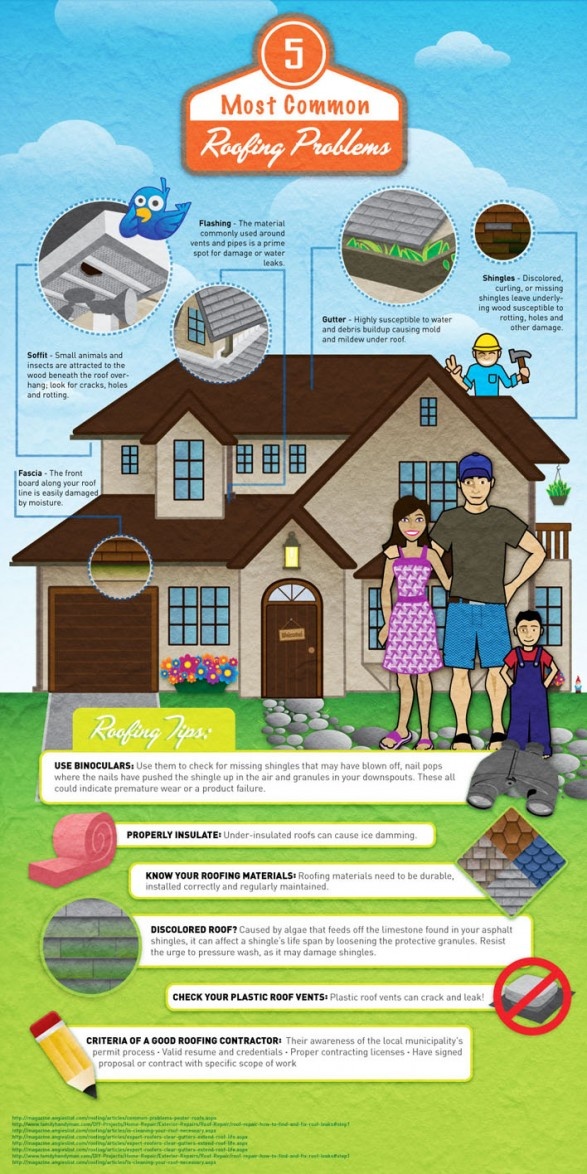Explore Just How Changing Climate Patterns Can Impact Your Roofing Installation And Protect A Work That Meets Your Standards
Explore Just How Changing Climate Patterns Can Impact Your Roofing Installation And Protect A Work That Meets Your Standards
Blog Article
Content Created By-Figueroa Hedegaard
When it involves roof covering installments, the weather can make or damage the task. Imagine the stress of dealing with products that won't comply as a result of severe warmth or battling slippery surfaces caused by unanticipated rainfall. Understanding the influence of weather on your roofing task is important for a successful outcome. So, let's discover how various weather condition aspects can influence the high quality and sturdiness of your roof installment, making sure a work well done.
Impact of Temperature on Roofing Installation
When it comes to roofing system installation, temperature level plays a vital role at the same time. The excellent temperature level for roofing projects commonly falls in between 45 and 85 degrees Fahrenheit. Extreme warm can trigger products like tiles to come to be also flexible, resulting in prospective damages during setup. On sky roofing , cold temperature levels can make products breakable and susceptible to fracturing. It is essential to set up roofing system installations throughout modest temperatures to ensure the best end result.
During colder weather, contractors might require to take added safety measures such as making use of heated equipment or enabling materials to heat up prior to installment.
On the other hand, hot weather may call for work to be done earlier or later on in the day to avoid the peak temperature levels. By thinking about the temperature and its impacts on roof materials, you can help ensure a successful installment that will hold up against the elements for several years to come.
Effect of Precipitation on Roof Covering Projects
Roofing jobs can be substantially impacted by rainfall, influencing both the timeline and the quality of the installment. Rainfall or snow can create unsafe problems, making it risky for roofing professionals to work with a damp surface area. Additionally, moisture can compromise the bond of products like roof shingles or underlayment, leading to possible leakages or damages in the future.
If it rains during a roofing job, the water can leak into prone locations, creating delays as the setup team must wait for the roof to dry prior to proceeding. Too much wetness can also promote the development of mold and mold, more jeopardizing the stability of the roofing.
To avoid these concerns, it's recommended to arrange roof covering tasks throughout drier seasons or monitor the weather forecast very closely to prepare around any kind of possible rainstorms. By taking precautions to operate in beneficial weather conditions, you can guarantee a smoother and more successful roofing system installment procedure.
Impact of Wind Rate on Setup Success
During roofing system setup, the rate of the wind plays an important role in identifying the success of the job. High wind speeds can pose considerable challenges to roofing professionals, potentially leading to safety dangers and top quality concerns. When https://metalroofingsupplies74051.howeweb.com/30442412/gain-specialist-seasonal-upkeep-ideas-targeted-at-extending-your-roofing-system-s-life-span-discover-how-to-effectively-protect-your-financial-investment-today surpass recommended limits, it becomes hard to take care of materials, enhancing the risk of accidents and damages to the roof materials. Strong gusts can also affect the accuracy of measurements and the accuracy needed for proper installation.
To guarantee an effective roof installation, it's vital to keep track of and take into consideration wind speeds. Preferably, roof setup should take place on days with reduced to modest wind rates. This not just boosts the safety of the workers but also improves the general top quality of the installment.
Roof tasks arranged throughout tranquil climate condition are most likely to be completed efficiently and with fewer mistakes. By focusing on wind speed forecasts and intending as necessary, you can help guarantee a smooth and successful roofing system installation procedure.
Verdict
So, when it concerns roofing system setup, keep in mind to take into consideration the weather to make sure a successful work. Optimal temperatures, dry conditions, and moderate wind rates are crucial variables to prioritize for a smooth installation procedure. By scheduling your job throughout the very best periods and suitable climate condition, you can achieve a sturdy and lasting roofing that will safeguard your home for several years to find.
